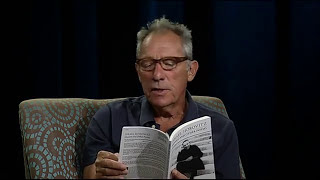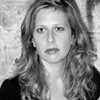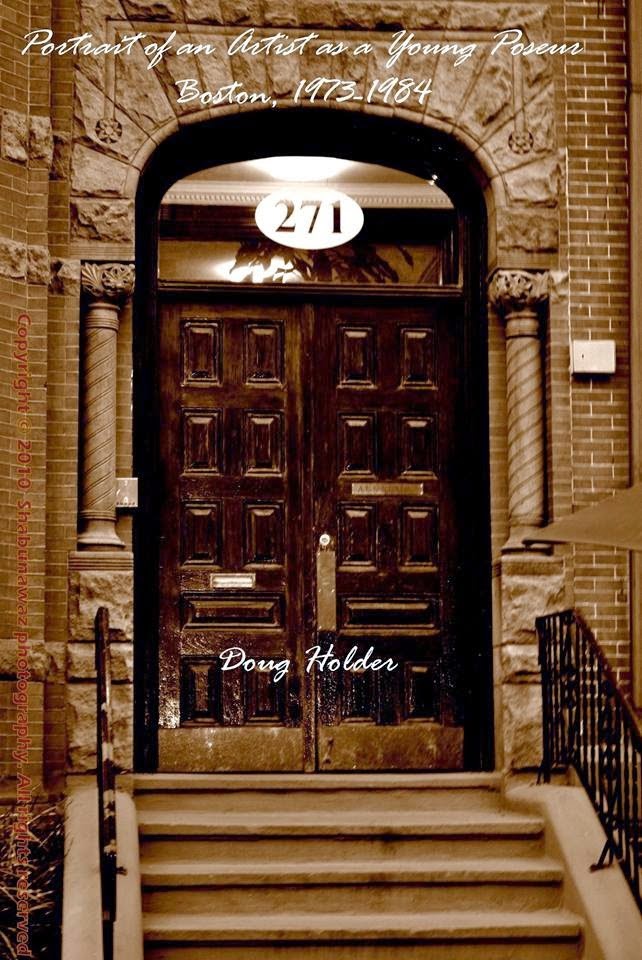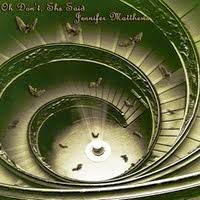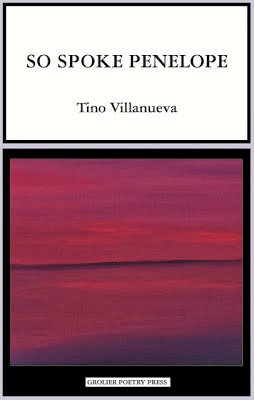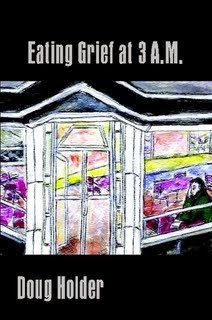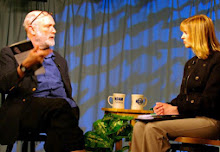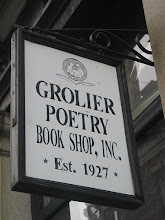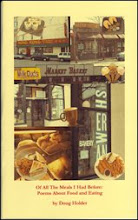
At the Concord of the Rivers
Anne Ipsen
Ibus Press, Newton, MA
$25.00 Hardcover; $18.00 Paperback
By Rene Schwiesow
What better place for a doctoral student of history to wake up in than the past. Which is exactly where Anne Ipsen’s protagonist, Abigail Walker, finds herself in Ipsen’s most recent book, “At the Concord of the Rivers.” Abigail is a stressed student in the 1950’s whose professor believes that women will always quit their education to get married. And, indeed, Abigail is pulled between the work on her doctoral thesis and planning a wedding. Frustrated by her mother’s demands for the necessity of dress alteration appointments and an angry phone conversation with her fiancé, Abigail takes off for the Natick Historical Society and the haven of research.
However, a deer, a pothole and rain-slicked roads cause an accident that prevents Abigail from ever arriving in Natick. Instead, after a tree limb falls and renders her unconscious, she wakes to find herself in the 17th Century and mistaken for a young lad.
Is Abigail’s time travel to become a blessing or a curse? She vacillates between the good fortune of being immersed into the very way of life she had been researching and wondering how she will ever be returned to the 20th Century.
Ipsen’s own research serves her well in the telling of Abigail’s tale. With the turning of each page, we are drawn further into the life of 17th Century New England. Maps appear in our minds as Abigail and Paul Hosmer, a young part-Indian man with whom Abigail begins a relationship, traverse the countryside on horseback. The relationship that Paul and Abigail forge and the love that they find could prove dangerous to both of them once it becomes public knowledge. But, “At the Concord of the Rivers” is far more than an interracial love triangle that spans centuries. The ease with which disease may have spread in the 1700’s is evident as Abigail struggles to teach both healers and lay persons the necessity of cleanliness. The suppression of women, the ideology that denies them an education, rumbles beneath Abigail being offered a teaching position. The rigidity of Puritan Concord and New England springs to life through the clergyman, Tedious Thatcher; services at the Meeting House; and through discussions about the Salem Witch Trials. Ironically the kind, elderly woman who takes Abigail into her home practices herbology and employs what may be considered holistic measures in her healing of both New Englanders and Natives alike. Midwife, healer, and intuitive, Hannah is the pivot around which Abigail’s life now turns.
“At the Concord of the Rivers,” is indeed a historical work. Yet Ipsen’s creation of fictional character allows the history to unfold in a way that grants us our own experience with the 17th Century. Facts on education, politics, religion, and a woman’s place, become the undercurrent for the daily flow that binds the people to the land, their God, their prejudices, and to each other.
Rene Schwiesow is the co-host of Plymouth’s The Art of Words



